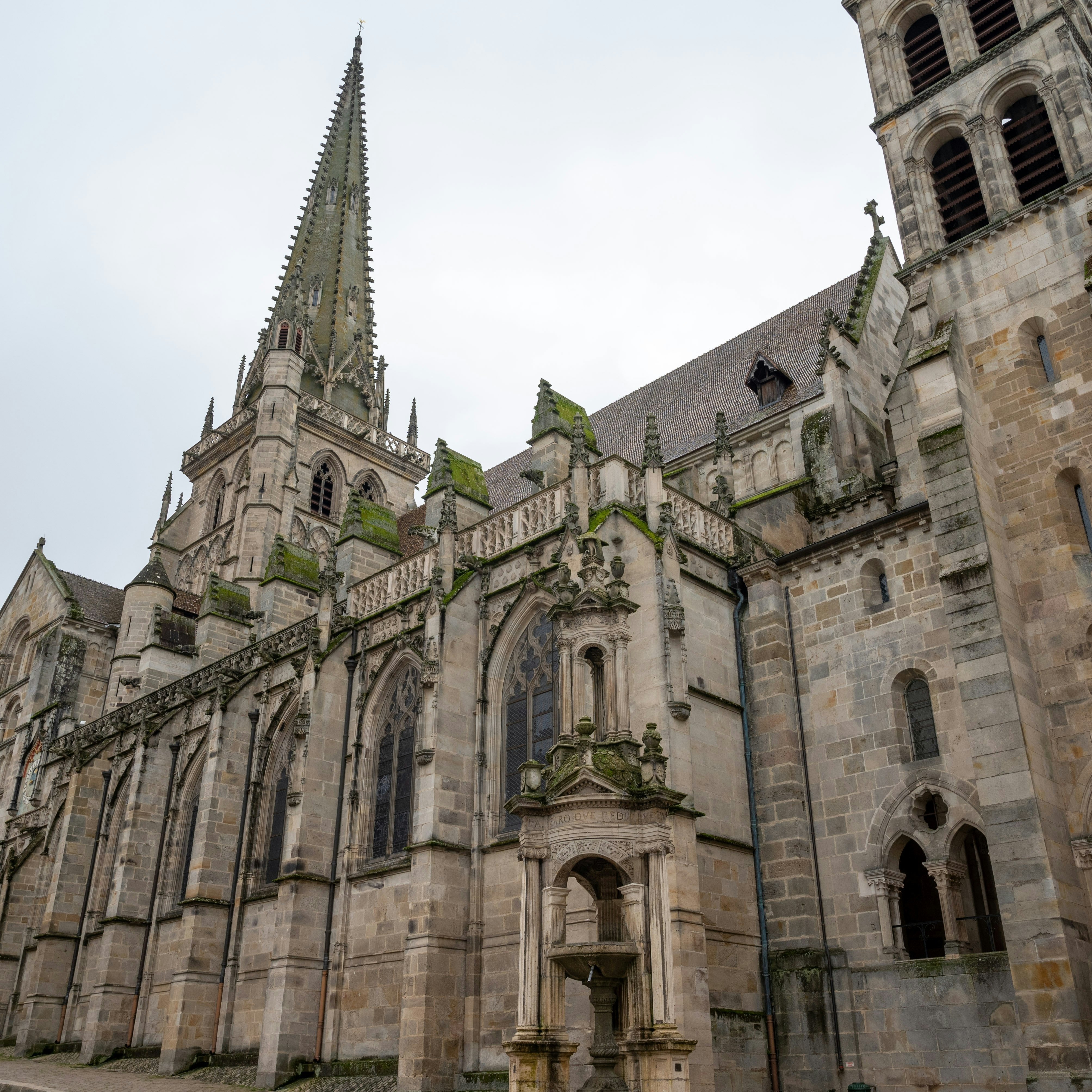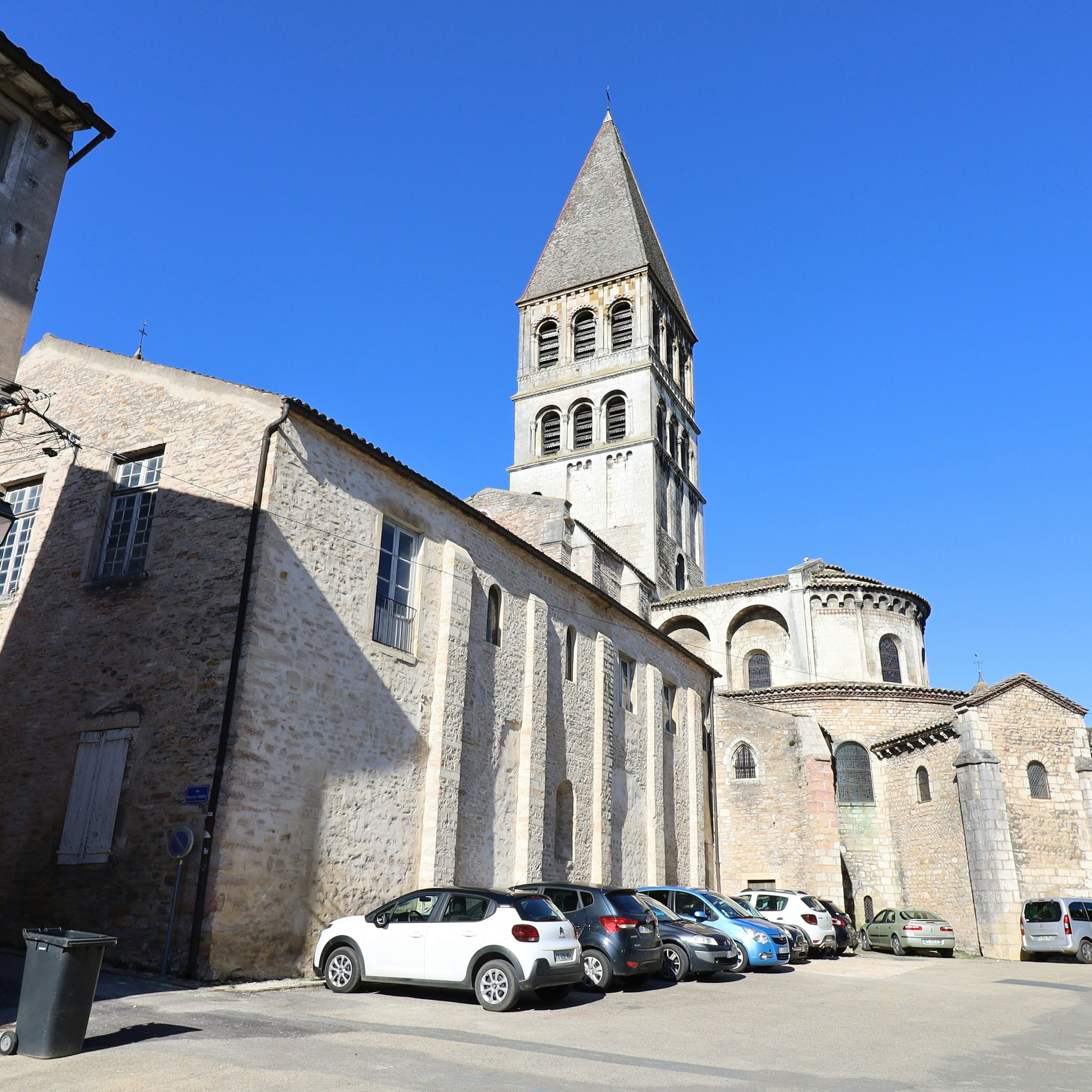
Overview
Burgundy (Bourgogne in French) offers some of France's most gorgeous countryside: rolling green hills dotted with mustard fields and medieval villages. The region's towns and its dashingly handsome capital, Dijon, are heirs to a glorious architectural heritage that goes back to the Renaissance, the Middle Ages and into the mists of Gallo-Roman and Celtic antiquity.
Leave the planning to a local expert
Experience the real Burgundy. Let a local expert handle the planning for you.
Must-see attractions
Planning Tools
Expert guidance to help you plan your trip
Best Things to Do
The quintessentially rural region of Burgundy offers sensational food and wine, historic sights, cycling, canal boating and plenty of joie de vivre
Read full article
Best Places to Visit
Charming towns, Instagram-star medieval villages and ancient communities begging slow exploration are all part of Burgundy's beauty.
Read full article
Best Time to Visit
At any time of year, you can drink deep of Burgundy's full-bodied wine-making culture and soak up its bucolic scenery. Here are the best times to come.
Read full article
Things to Know
Before you visit the delightful French wine-growing region of Burgundy, read our tips on planning your trip, etiquette once you get there and more.
Read full article
Transportation
Burgundy's towns and cities are linked by public transport, but further afield you will need your own wheels to explore the region's bucolic landscapes.
Read full article
Free Things to Do
With savvy planning and on-the-ground intel, it's possible to share in Burgundy’s wine-fueled joie de vivre without spending a cent.
Read full article
Money and Costs
Burgundy is a world of sumptuous chateaux, refined French living, and swathes of vineyards. But the historic wine region can be affordable too. Here's how.
Read full article
Traveling with Kids
Burgundy might not be at the top of a family travel hit list, but there are many activities that are perfect for kids. Here are the best.
Read full article
Best Road Trips
Burgundy road-tripping is a restorative journey through picturesque landscapes peppered with vines, mustard fields and forests thick with truffles.
Read full article
Get a book. Get inspired. Get exploring.
in partnership with getyourguide


















